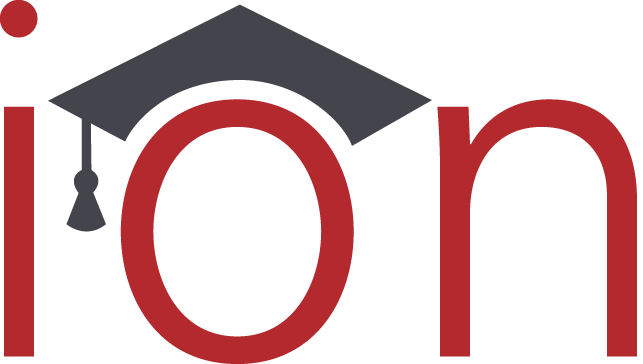The rising cost of higher education correlates to the rising demand for an educated workforce. As more people pursue college degrees, the number of working Americans with student loan debt grows. Fortunately, the number of employer-sponsored student loan assistance programs is also growing to meet the demand. This emerging benefit is proving attractive to the more than 40 million Americans struggling to pay back their student loans.
Progressive companies are choosing to implement student loan assistance to attract a variety of talent. The following groups of people are the most likely to be attracted by employer-sponsored student loan assistance programs.
Recent College Graduates
Recent college graduates are the most ubiquitous demographic carrying student debt. The average college graduate leaves school with an estimated $37,000 in student loans. Recent grads with in-demand degrees are attracted to companies offering student loan assistance for obvious reasons.
According to our recent survey, new grads are more interested in student loan assistance than traditional employee benefits like a 401(k) plan. The majority of millennials have less than $1,000 in their savings accounts and many claim to have trouble paying their monthly bills. Recent college graduates are seeking companies that can help them pay down their debt faster to set the stage for financial stability in the future.
Partial Completers
Over 60% of Americans do not have a college degree, but that doesn’t mean they’ve avoided student debt. Close to 30 million Americans suspended their college education for reasons including family obligations, health issues, or a change in career path. In fact, many drop out of school because they need to earn income immediately and don’t have the resources to complete their program.
Those Americans with “some college” make up a large segment of the workforce. Some pioneering employers have already started rolling out benefits that help these individuals with monthly contributions even for those employees who have yet to earn a degree. Student loan assistance may even be the right motivation to encourage employees to return to school, finish their degrees, and increase the skill pool an employer has to draw on.
Post-Grads
Over 3 million students are projected to attend post-baccalaureate programs in 2017. Many professionals wait until they have work experience before returning to school to complete a master’s or Ph.D. program. The average graduate student is in their 30’s and many attend classes part-time over several years. These professionals view continuing education as a way to further their career and increase their earning potential.
Unfortunately, most graduate students are still paying down their undergrad student loans. Add on the average cost of a master’s program (between $30,000 and $120,000) and you have professionals faced with a lifetime of student loan debt.
Consider that the most educated job candidates may also be faced with the most student loan debt. These highly qualified job seekers will choose companies offering assistance with their student loan payments.
Parents of College Students
Many parents try to pay off their own student loans in time to pay their children’s college tuition. While the majority of debt will be passed along to the next generation, Mom and Dad certainly appreciate any student loan assistance an employer can offer.

